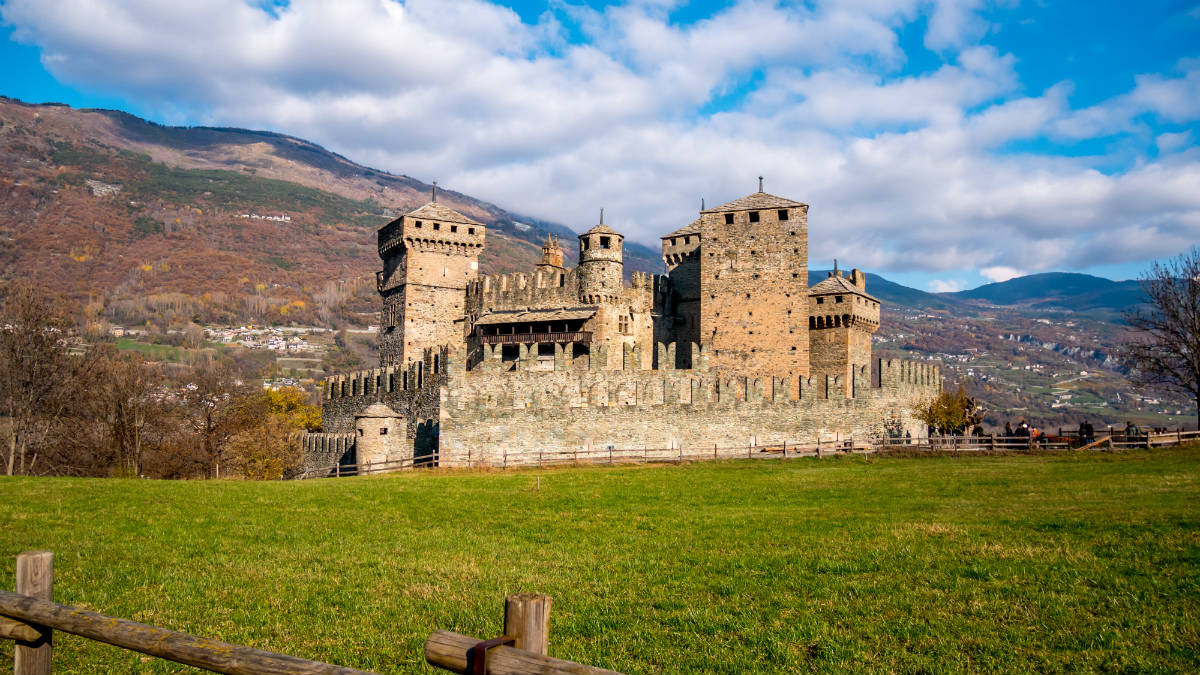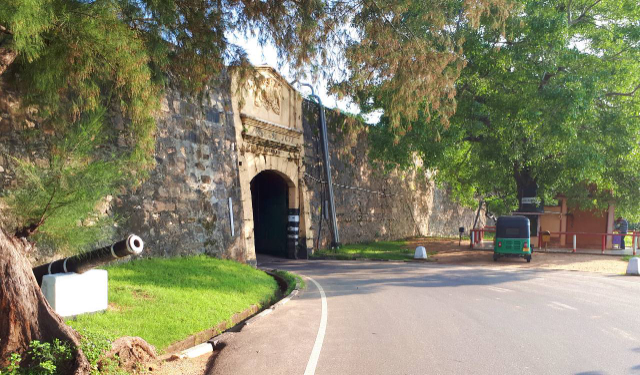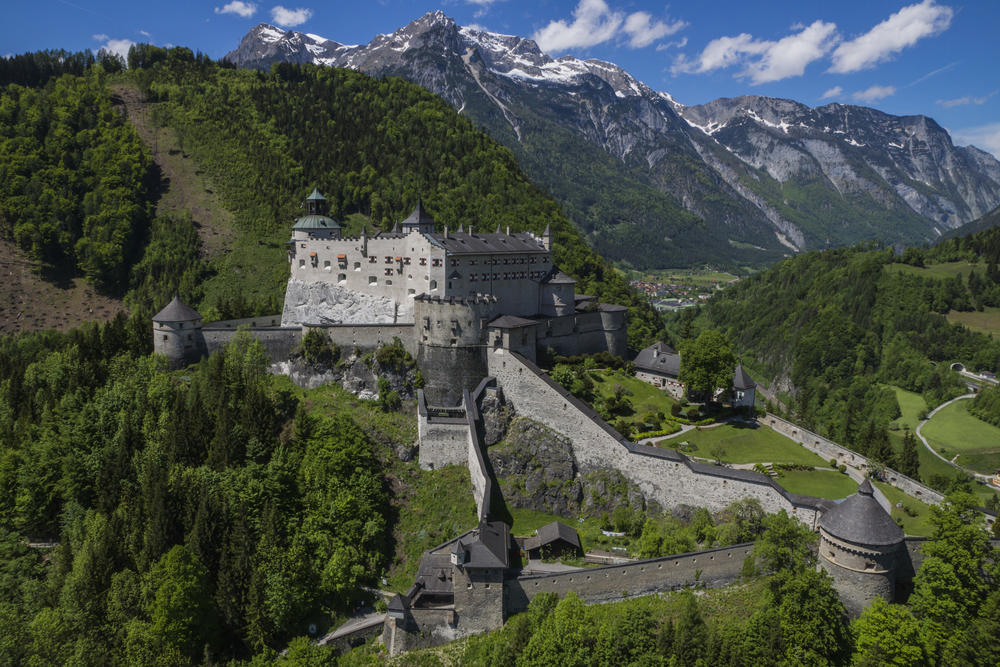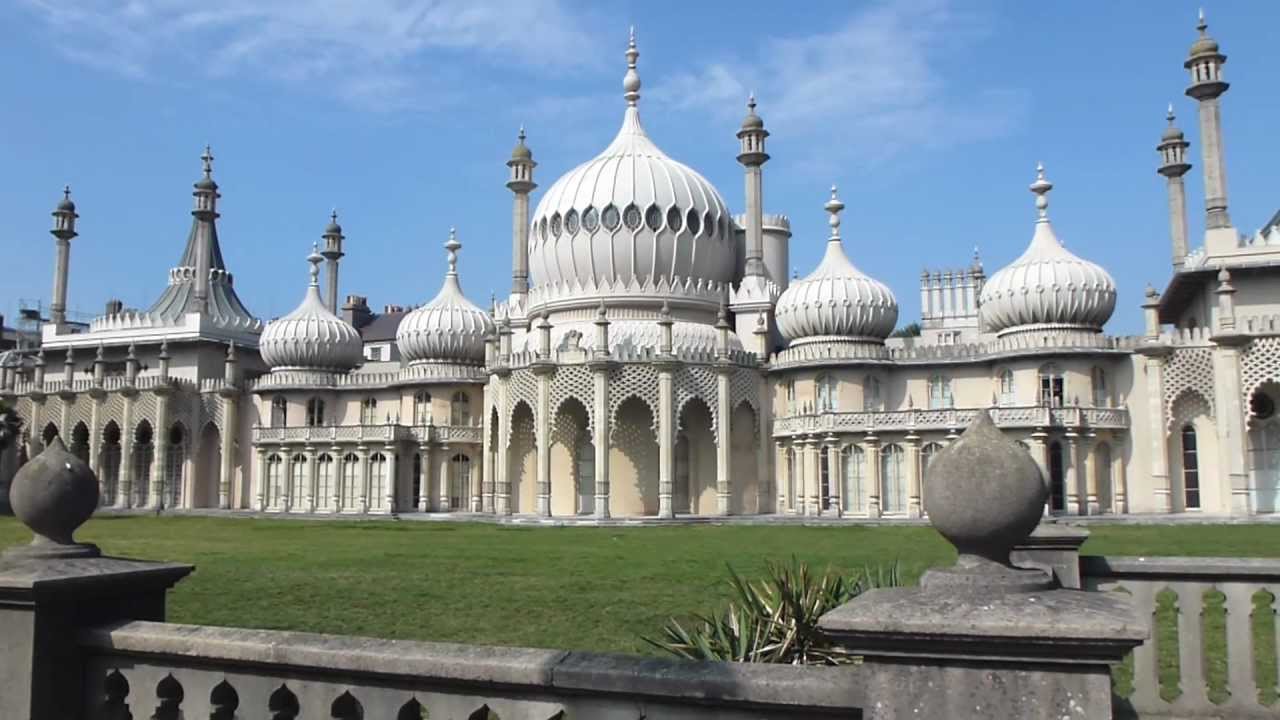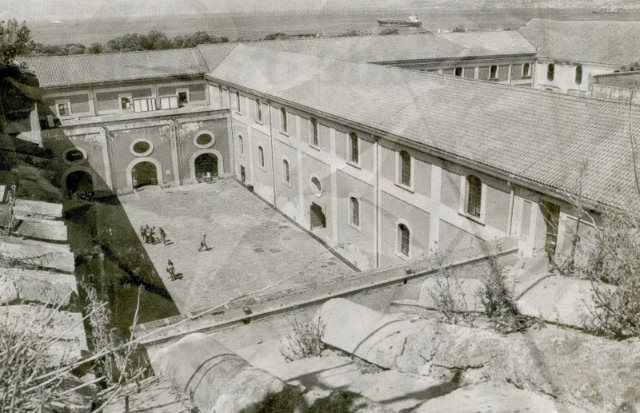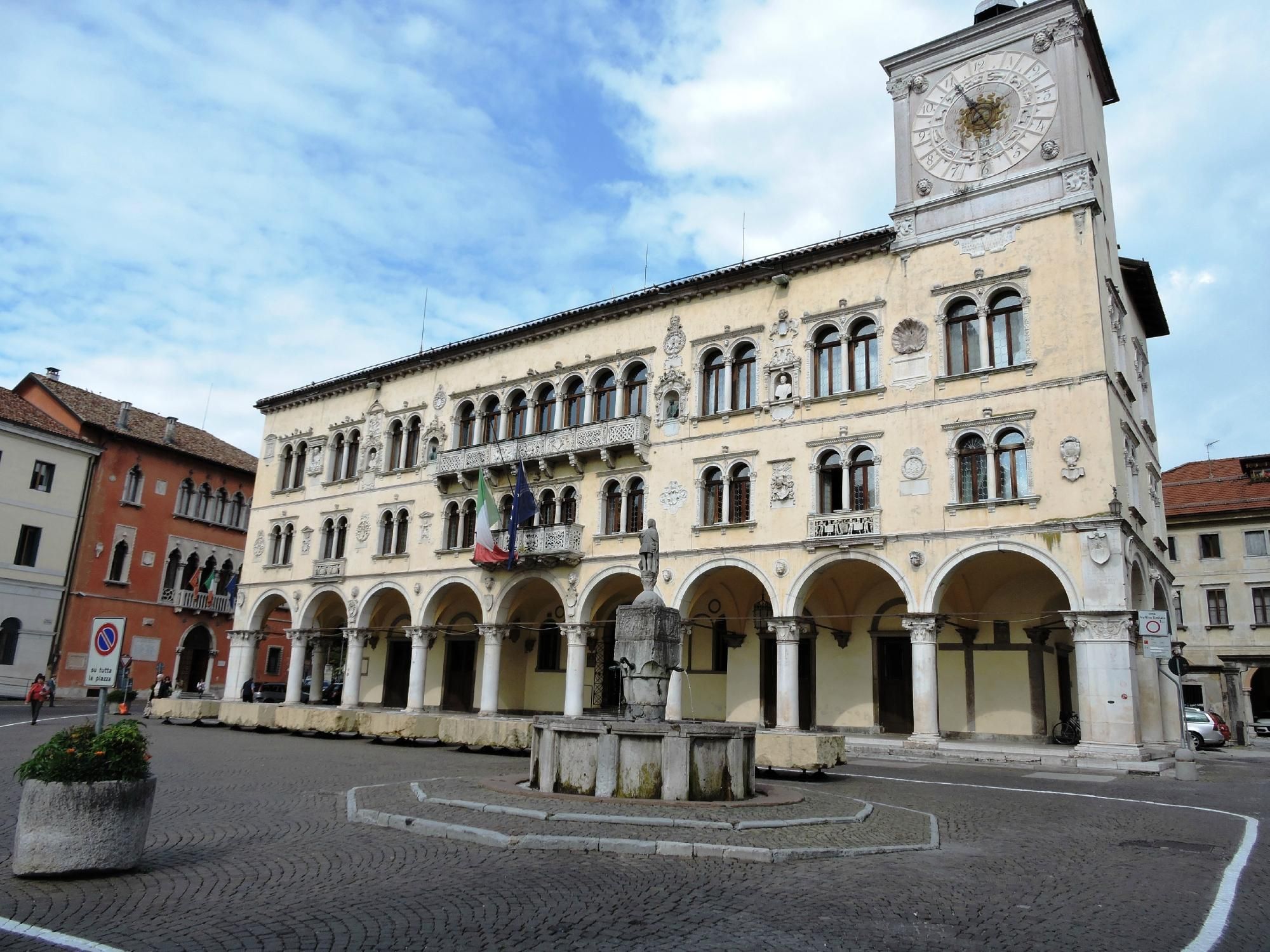Unlike the other castles, built for purposes of war and protection, the castle of Fénis is not located on the top of a promontory, but rather on a slight hillock with no natural defenses.
Combining the characters of fortification with those of a stately residence, the castle of Fénis was in fact the prestigious seat of representation of the leading members of the Challant family, who provided it with the imposing defensive apparatus, as well as elegant pictorial decorations, symbols of power and prestige.
The architecture of the Fénis castle is the result of successive building campaigns over the years: towers and crenellated walls were added in the mid-14th century by Aimone di Challant to the pre-existing keep, which had already been the habitual home – a century earlier – of Viscount Gotofredo II.
The castle of Fénis belonged to the lords of Challant of the Fénis branch until 1716, when it was ceded to Count Baldassarre Castellar of Saluzzo Paesana. The events that marked the history of that family led the manor to a slow degradation, a prelude to the abandonment that saw it transformed into a rural dwelling: the rooms on the first floor were used as stables, while the second floor was used as a barn.
The restoration of the monument was due to Alfredo d’Andrade, who bought the castle of Fénis in 1895 and, after restoring its most ruined parts, donated it to the state. Today the building is owned by the Autonomous Region of Valle d’Aosta, which has designated it to house the Museum of Furniture of Valle d’Aosta.
Castle Of Fenis
Home " Regions " Aosta Valley " Aosta " Fenis
DescriptionHistoryHow to get therePhoto galleryPrices/Hours 2016 Events
The Castle of Fénis is almost completely restored and it is possible to visit it inside with the official guides of the Aosta Valley Region, guides who are well trained and available to answer any questions. At the moment, only the ground and second floors can be visited, passing through various halls, kitchens and bedrooms, all equipped with fireplaces.
Of particular interest are the room called the "tribunal," as there is the symbol of justice, and the fully frescoed chapel.
The highlight of the castle are undoubtedly the balconies (access to which has been closed so as not to spoil the frescoes) with its staircase, which overlook the entrance courtyard but can be observed precisely from the courtyard.
But the jewel in the crown of this castle is undoubtedly the 15th- and 16th-century furniture that the Administration of the Aosta Valley region has placed in the rooms of the manor creating in this way the Museum of Valdostan Furniture. In addition, the furniture has been so expertly placed that the castle still seems to be inhabited. The castle of Fénis is certainly the most picturesque and complete of all the castles in the Aosta Valley.
The castle has a pentagonal plan
